2024 BYD Sealion 6 Premium review

The Sealion 6 Premium is BYD’s PHEV model with two electric motors for an increase in output. Is it worth the premium?
While BYD is better known for its EV models like the Atto3, it makes plug-in hybrids too. The Sealion 6, BYD’s bigger SUV offering, is just that.
There’s the $57,990 FWD Sealion 6 Dynamic, which we reviewed a few months back, and this is the $64,990 AWD Premium. That sounds as though it’s the high-spec model, but that’s not the case with BYD.
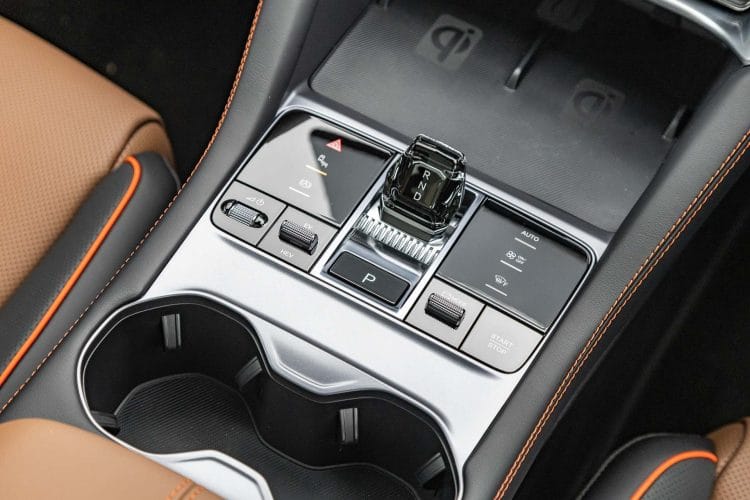
It runs a loaded-as-standard mantra, the local distributor keen to emphasise that BYD is not a cheap and cheerful brand. The only extra for the Premium is an HUD; the extra outlay gets you a traction motor on the rear axle.
Both BYD Sealion 6 models run a 300Nm electric motor up front, the Premium with a 150kW output, five more than the Dynamic, while it also has a 120kW/250Nm motor on the rear.
Whereas the Dynamic pairs the electrics with a 1.5-litre NA four cylinder, the Premium gets a turbocharged version with more power (96kW/220Nm vs 72kW/122Nm). As for the combined hybrid output, things get a little confusing.
The Dynamic is said to have a max output of 160kW and 300Nm. The Premium has more at 238kW and 550Nm.
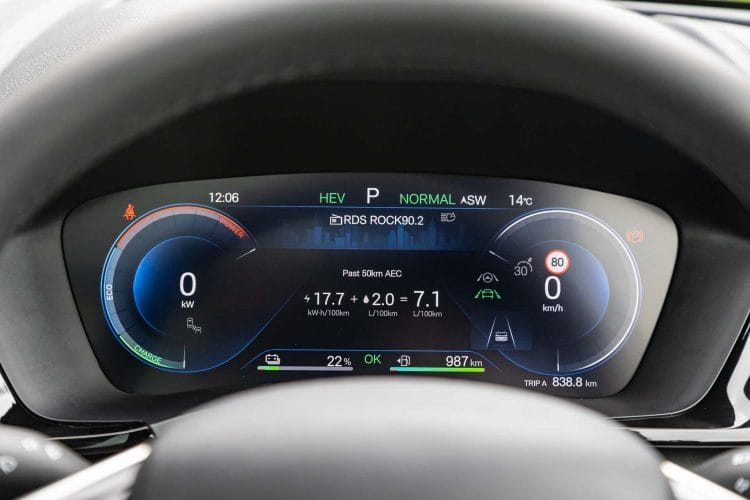
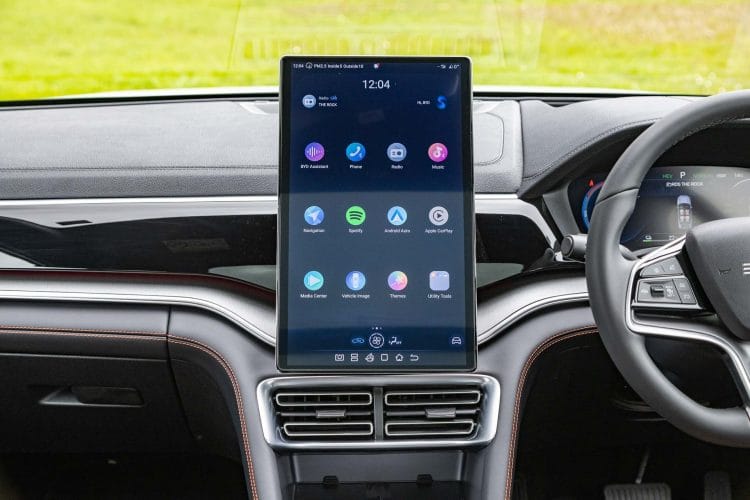
But for those adding the figures up, you’ll see the Dynamic makes more than its motor output while the Premium makes less.
They both get the same 18.3kWh battery pack, which delivers a potential EV range of 81km for the Premium, 11 less than the Dynamic.
PHEV modes
In terms of operation, with a sufficiently charged battery, Sealion 6 drives like an EV; the engine off, the power and torque delivered smoothly and quietly by way of the electric motors.
Once the battery state of charge (SOC) gets to about 25 per cent, it then switches to HEV mode. This has the 1.5-litre engine primarily driving the generator to keep the battery charged.
And so it still drives like it’s in EV mode, the torque flowing quickly and uninterrupted as there are no gears to cycle through. You can hear the engine churning away; generally it’s pretty quiet but it’s more audible under acceleration.
Keeping an eye on the energy flow diagram, it seems that it’s only at motorway-type cruising speeds that the engine feeds any tractive power to the front wheels.
Faster but?
BYD says the Premium can hit 100 in 5.9sec, some 2.5 sec faster than the Dynamic. However, we couldn’t meet the mark, our best being 7.5sec.
We thought it might have been down to the low SOC at the time. So we tried again after a quick charge. With battery health at 60 per cent, we still recorded the same time.
This doesn’t charge off the mark – the power builds progressively – and it’s quick in the 30 to 80km/h zone but then the thrust starts to fade.
What about economy?
At pick up, the SOC was at 85 per cent, with an indicated EV range of 65km. We managed 50km before it switched into HEV, as half of those were motorway miles.
There wasn’t a charge cable to fill the battery at home, so we trucked about in HEV mode for a few days. BYD doesn’t do a regular trip computer to relay consumption.
There’s a readout that blends the HEV and EV figures for an equivalent L/100km number that doesn’t quite compute. Another tracks your progress over the past 50km of travel.
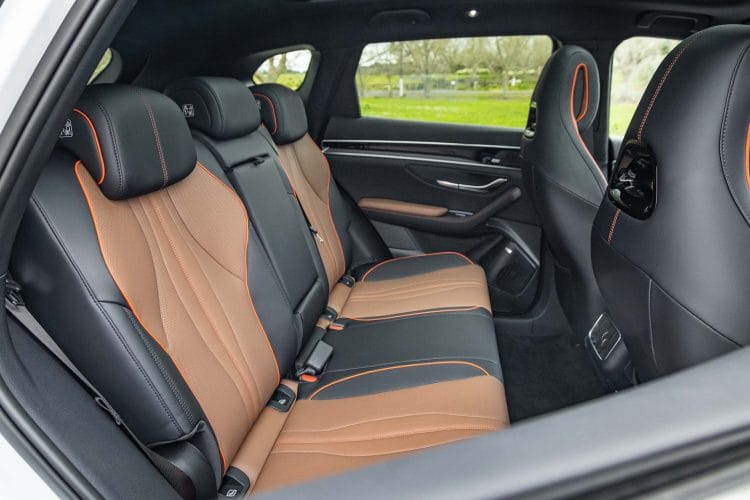
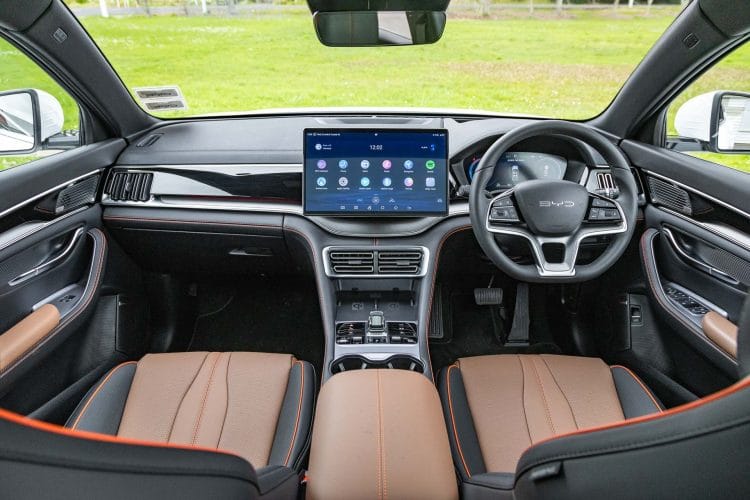
This gives you a rough idea, but not an overall picture. There is yet another that tracks litres of fuel consumed in HEV mode. And given we noted the odo when it changed modes, we got an idea of fuel consumption.
Over 186km it consumed 14L of gas to return 7.5L/100km. BYD gives two fuel consumption numbers; 1.4L/100km and 5.8L/100km, the latter for when the Sealion 6 is in HEV mode.
These are ADR/NEDC figures, derived from a test that isn’t quite as rigorous as the WLTP regime. So, as we state often, the best economy comes from plugging in your PHEV as often as possible.

Previous entry
2024 Polestar 4 Long Range Dual Motor review
Read 5 minutes
New BMW 1 Series Now On Sale With Two Variants
Read 4 minutes
Ford Is Cutting EV Production In Europe
Read 2 minutes
2024 MG HS Essence review
Read 3 minutes
2024 Volkswagen Golf GTI review
Read 2 minutes
2024 Mercedes-Benz GLE 450 4Matic Coupe review
Read 2 minutes
2024 Toyota Prius PHEV review
Read 6 minutes











